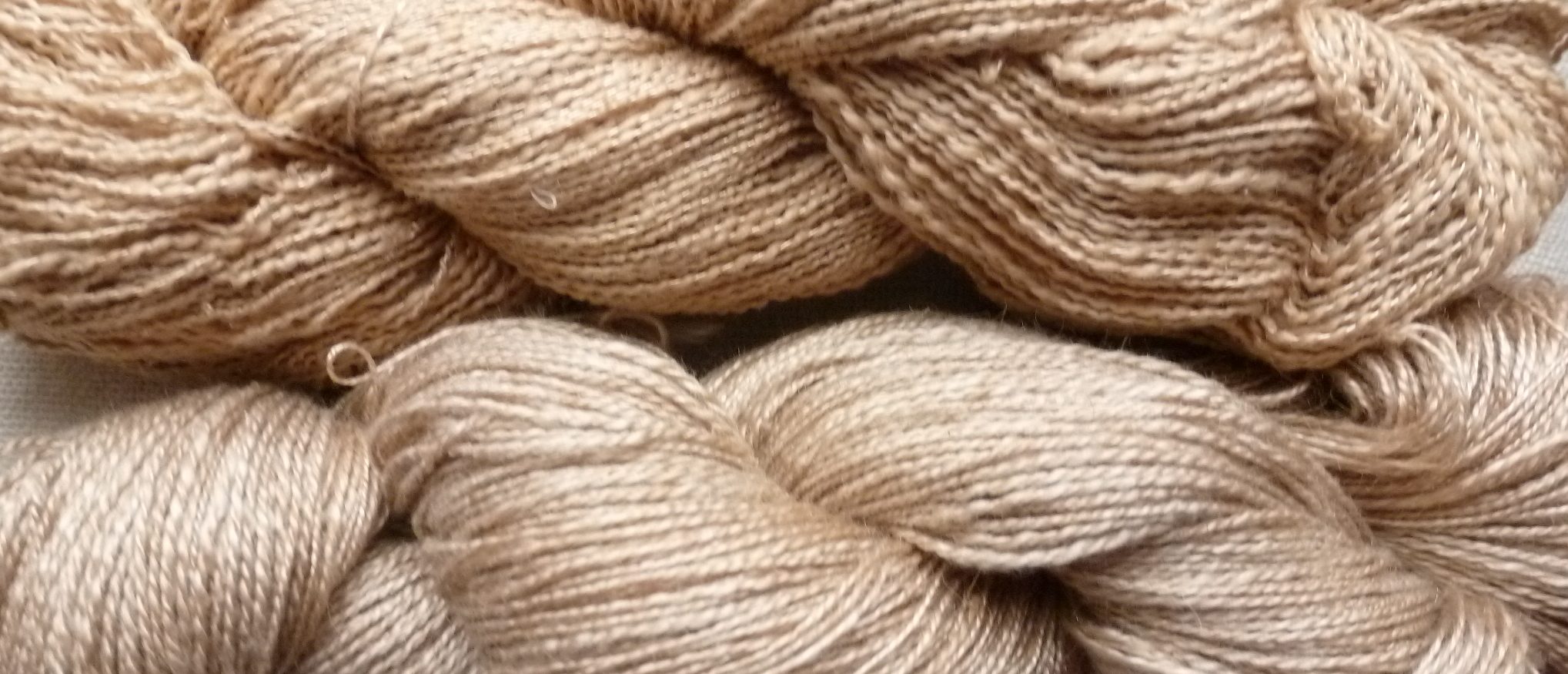Natural fabrics are made from the fibres of animal coats, plant seeds, leaves, stems, and silkworm cocoons. These fibres are then spun into filaments and ropes, which are then woven, knitted, bonded to form fabrics. Notably, natural fibres are soft, durable and comfortable to wear; moreover, they do not change colour with UV light.
Natural fibres range from cotton fibres (which are cheap and used dominantly in the textile world) to special fibres like Cashmere (which are luxurious, rare and expensive). Let us know something more about them here:
Cotton: Also known as all-season fabric due to its nature of adjusting in all temperatures, cotton is considered as the most soothing and the safest fabric to wear. Almost 60% of total cotton fibre produced is used as yarns and threads in consumer clothing such as shirts, t-shirts, jackets, jeans, coats, underwear, etc. Apart from this, cotton fibre is also the main input to the home textile industry that handles production of bed sheets, draperies, pillowcases, towels, window blinds, etc.
Read Also, Montenegro Diplomats in to wear Khadi on their National Day
Hemp: This fibre is obtained from the bast of a plant named Cannabis Sativa L. Hemp is known for its warmth, softness and durability. Therefore, it is used in making apparels that can withstand harsh conditions and last longer. Hemp is also used for making ropes, canvas and paper. When the hemp fibres are spun and woven, they form a linen-like fabric. This fabric is used in making clothing, home textiles, and floor coverings, etc.
Wool: This is a multi-functional fibre obtained from sheep. Once a year, sheep are shorn for their wool. This process starts with scouring to remove dirt and grease from wool. Following this, sheared wool is carded, combed, and spun into fibres to make fabrics and knitted apparels. Wool fabric is resistant to dirt, wear and tear and does not wrinkle easily. This is a soft, strong and durable fabric that provides warmth and attractive appearance.
Silk: The fibre of silk fabric is derived from silkworm Bombyx Mori, which are fed at mulberry leaves. The worm releases silk in the form of a liquid that hardens and forms filaments. The silk yarn is used as a sewing thread in silk apparels and household textiles. The silk fabric has got a natural beauty and provides comfortable warmth in winters. These properties of silk are utilised by several fashion brands to make high-fashion clothes and lingerie.
Cashmere: This luxurious textile fabric is derived from the undercoat hair of Kashmiri goat and thus it is very expensive. As it is quite warm and soft, the fibre is mainly used in the production of cashmere sweaters and babywear. Pashmina (a type of cashmere) is used in making shawls and scarves.
Apart from these, there are various other fibres such as bamboo, soybean, camel, alpaca, linen, jute, corn, etc. in the natural fibre category. Besides this, experts are trying to develop fabrics from plants such as wheat, rice and beetroot as well.
Author, Mayank Mohindra is living in India. Mayank Mohindra is part of our authors community.


